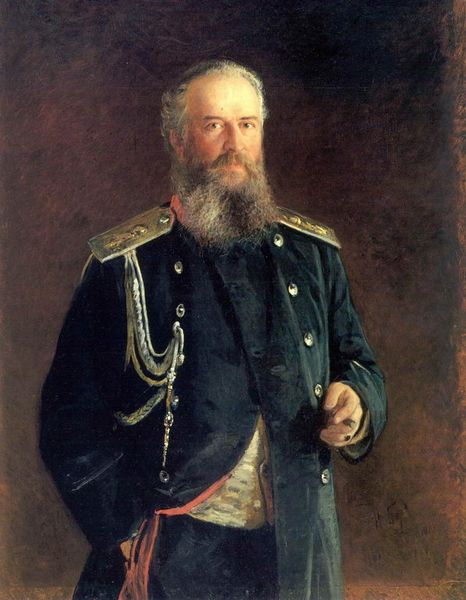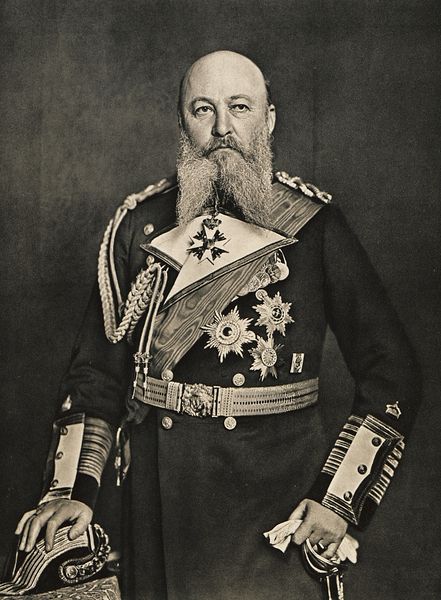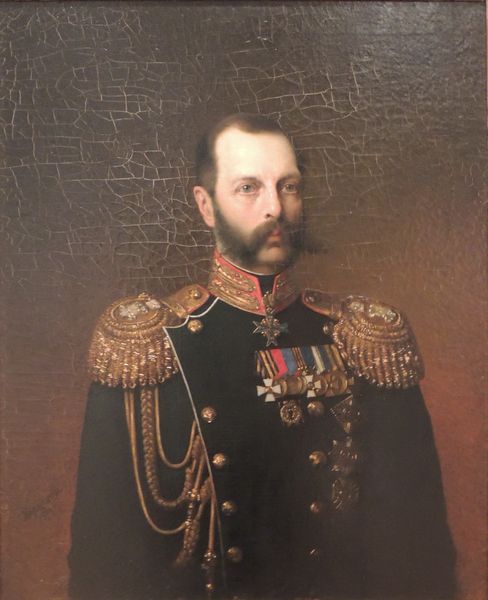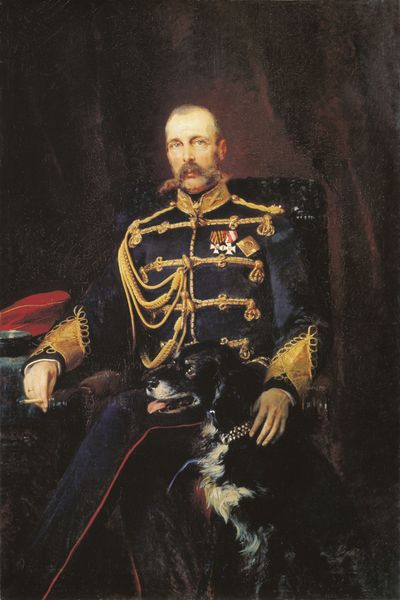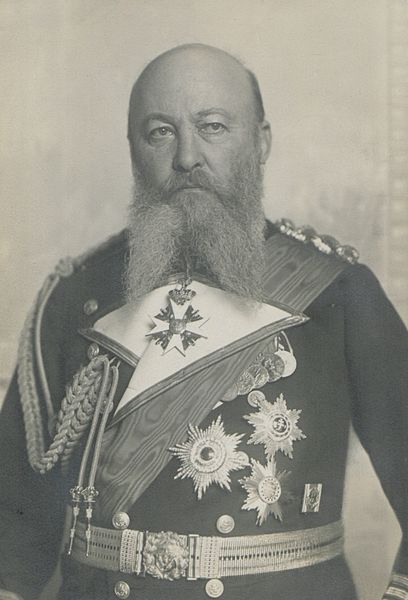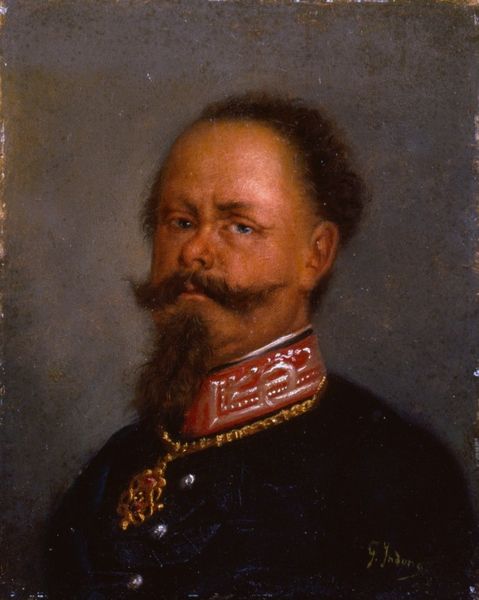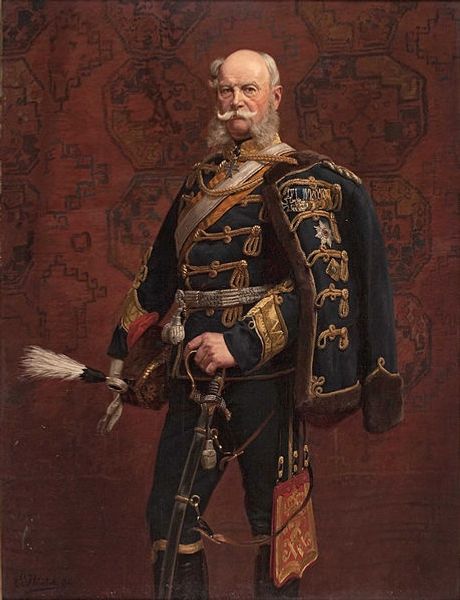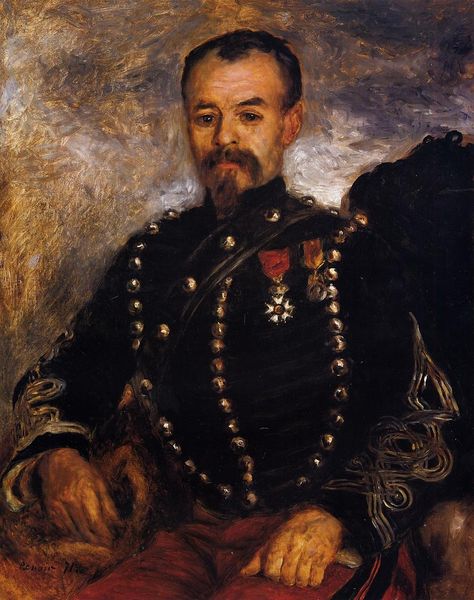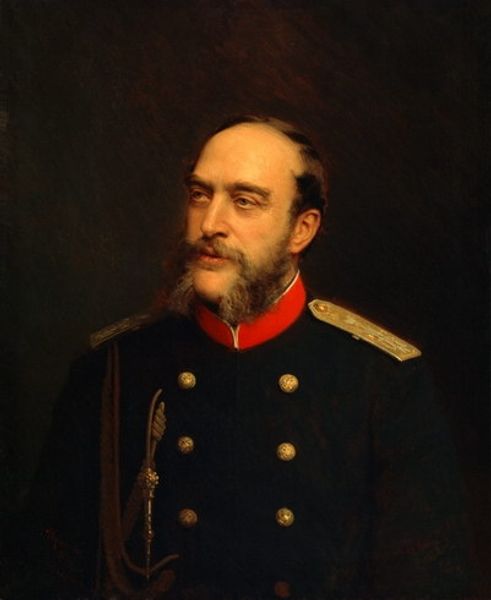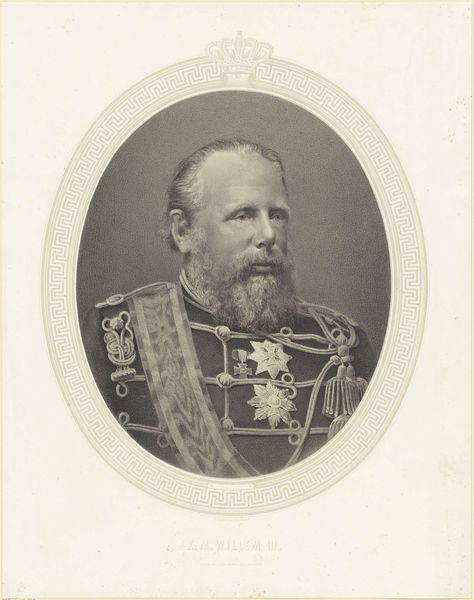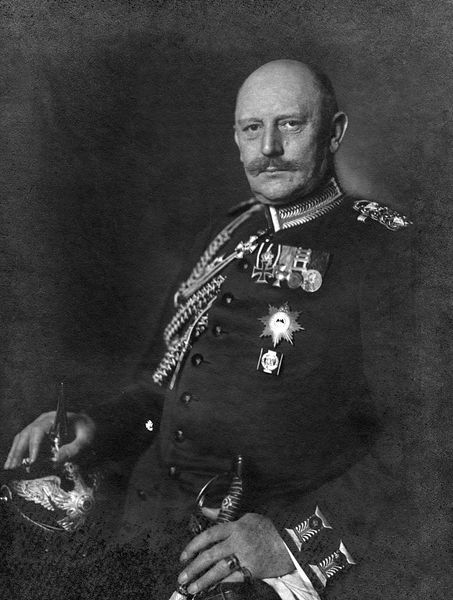
Dimensions: 272 x 388 cm
Copyright: Public domain
Editor: So, here we have Ivan Kramskoy's "Portrait of Alexander III" from 1886, rendered in oil paint. It's quite imposing, wouldn’t you say? There's this weightiness to it, the colors feel very… grounded. What do you see in this portrait? Curator: Grounded is a good word. He looks utterly immovable, doesn't he? Kramskoy's genius lies, I think, in capturing this inherent strength, almost a peasant-like sturdiness, while also conveying the dignity and the *burden* of Tsardom. I wonder if he liked sitting for portraits, though? Editor: That's interesting, the peasant-like quality. I wouldn’t have picked that up. Do you think that was intentional, to show him as a man of the people in some way? Curator: Perhaps. Or maybe it’s just the artist revealing what he *sees*, despite the layers of imperial trappings. It's as if Kramskoy is reminding us that even Emperors are, well, *people*. Flawed, perhaps, a bit tired. That grip on the sword looks almost reluctant. Editor: Reluctant... I like that interpretation. I was so focused on the formal aspects of the portrait, his posture and regalia, I didn't really consider that. Curator: Art is about seeing beyond the surface, isn't it? Imagine the conversations Kramskoy must have had with the Tsar! Or *didn't* have. That silence speaks volumes, I think. The backdrop also appears blurred. It’s interesting the background receives the artist’s personal ‘style’ and attention in contrast to the more static depiction of the monarch. It adds depth, not just physically, but perhaps, conceptually? Editor: I totally agree; that really shifts how I view it. It's less about idealizing power and more about showing a person *in* power, with all the complexities that entails. Thank you, I didn't even consider that before. Curator: My pleasure. Isn't it wonderful how a single painting can spark so many questions?
Comments
No comments
Be the first to comment and join the conversation on the ultimate creative platform.
